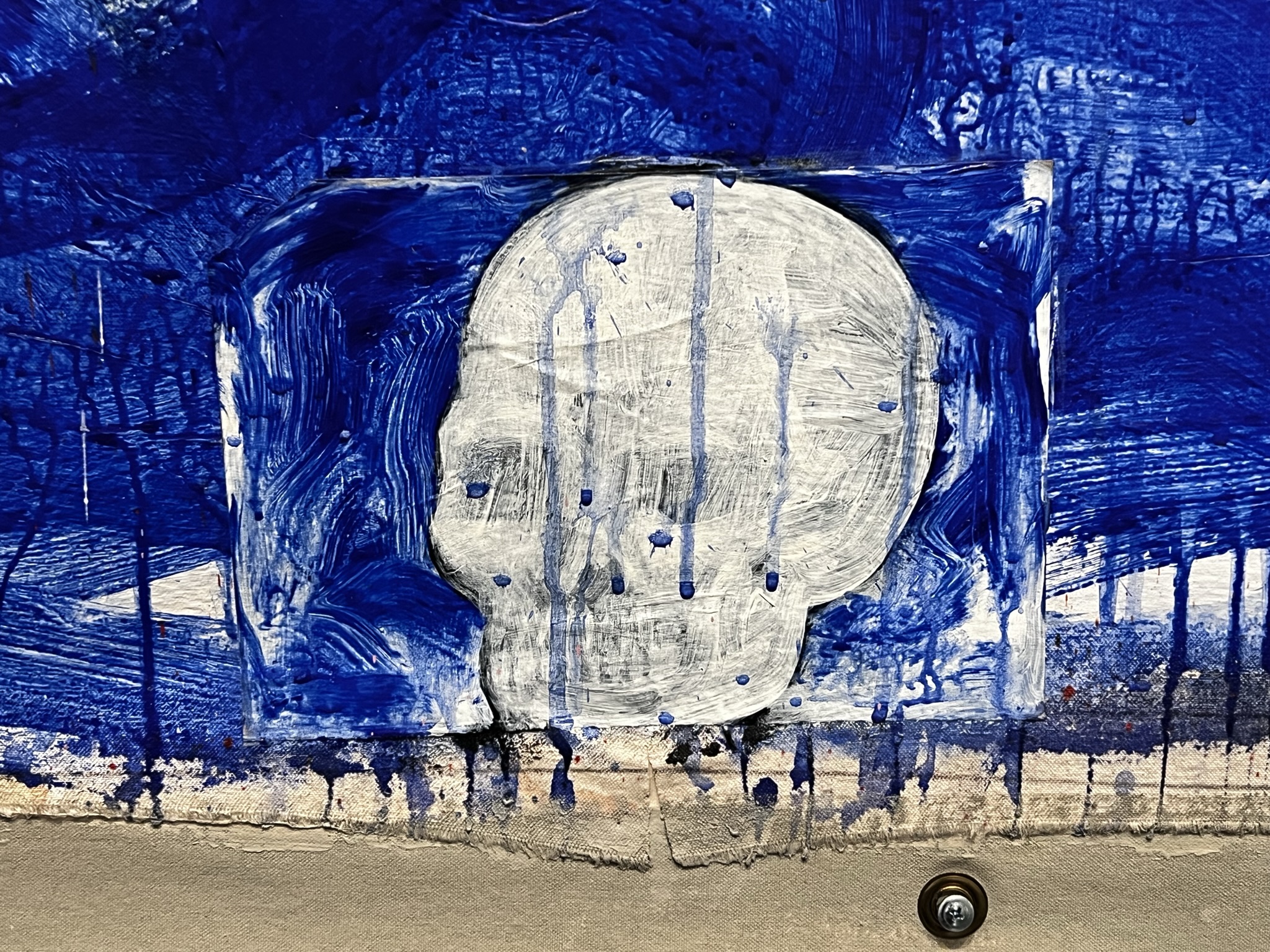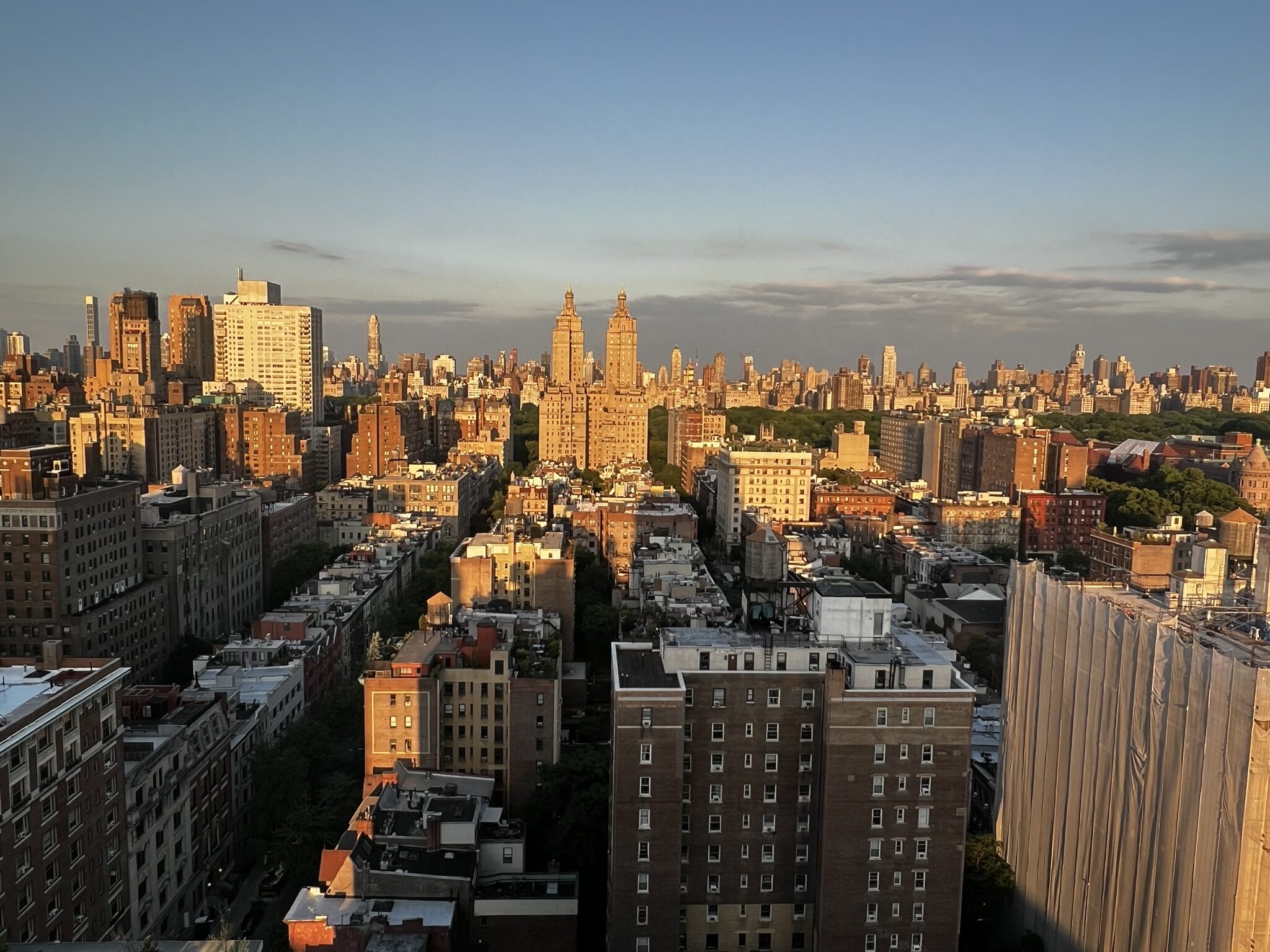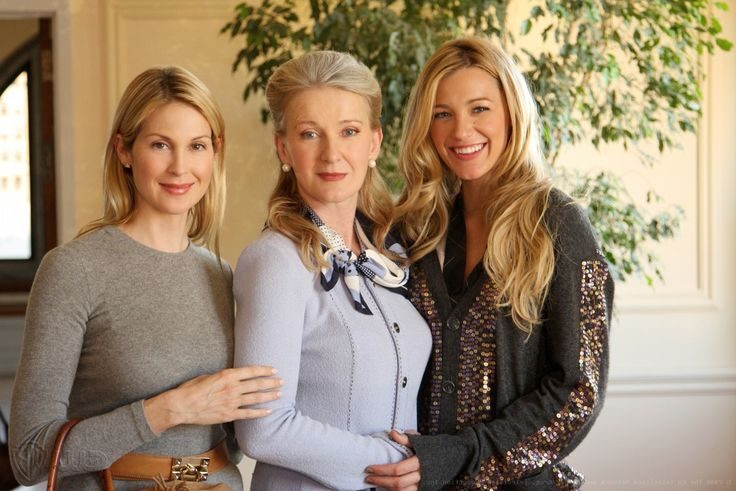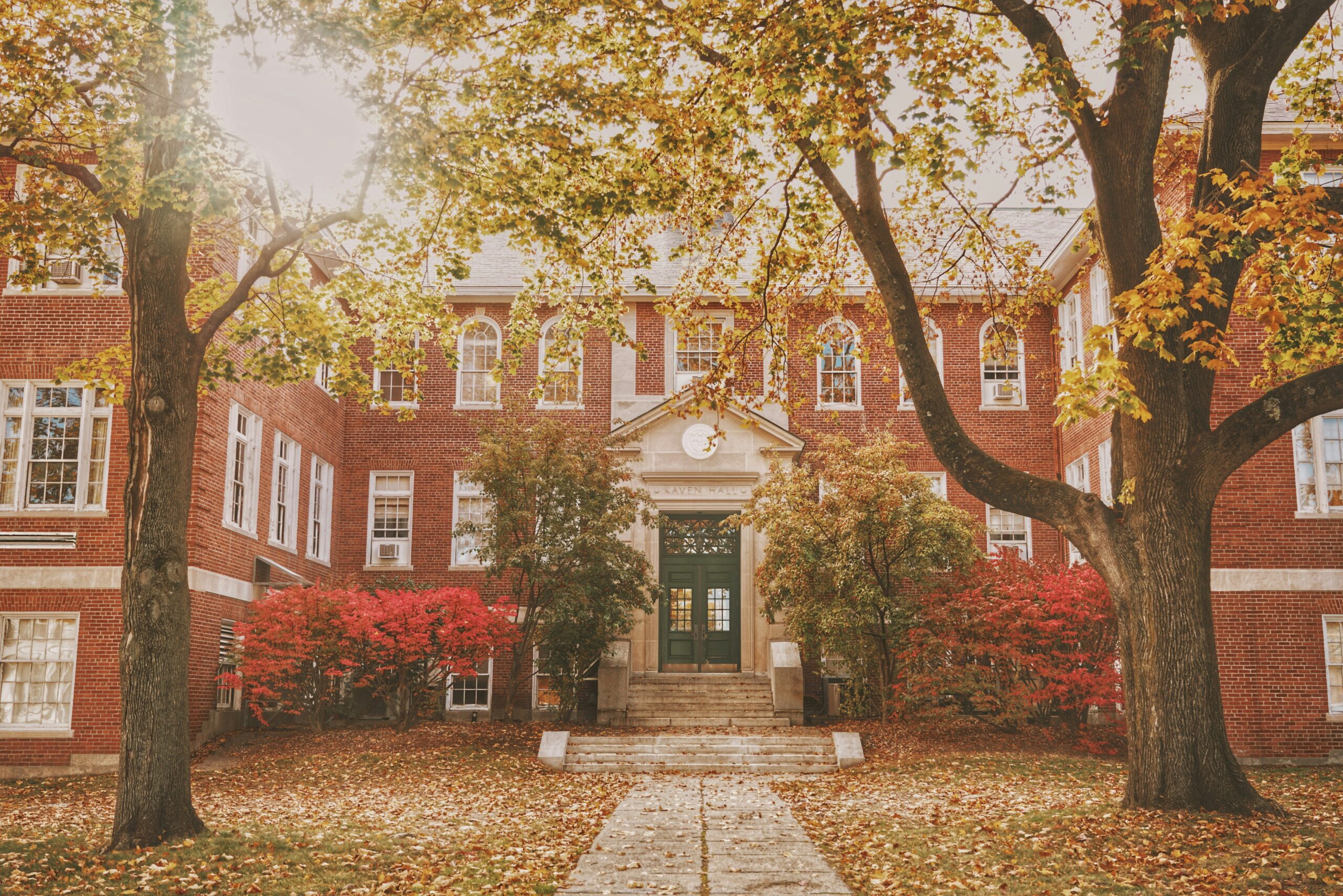Over a period of 300 plus years, from approximately 1526 to 1867, an excess of 12 million captured men, women, and children from Africa were put on ships and sent to the Americas. It’s a little-known fact that the vast majority—over 90 percent—of enslaved Africans were sent to the Caribbean and South America. British-occupied North America only received about 6 percent of African captives. This horrific “trade” in humans is highlighted at the newest Los Angeles County Museum of Art (LACMA) exhibit “Afro-Atlantic Histories” on view now through September 2023.
This international traveling exhibition originated in Brazil in 2018 and has toured in various incarnations to illustrious venues in Houston, Washington D.C., and Dallas. The LACMA show is the only presentation on the West Coast. The artistic mediums are widespread—paintings, photographs, sculptures, prints, and video—all juxtaposed to reexamine the histories and stories of enslavement, resilience, and the liberation of the human spirit.
United States Vice President Kamala Harris attended a preview of the exhibit at the National Gallery of Art in Washington, D.C. in April 2022 and called it “extraordinary” stating, “This is world history, and it is American history. And, for many of us, it is also family history. Yet this history is rarely taught in our schools or shown in our museums.”
The exhibition has organized over 100 works into six sections entitled “Maps and Margins,” “Enslavements and Emancipations,” “Everyday Lives,” “Rites and Rhythms,” “Portraits,” and “Resistance and Activism” that span four centuries of history. Rita Gonzalez, the Terri and Michael Smooke Curator and Department Head of Contemporary Art at LACMA, shared with Forbes, “the ambition of the exhibition is to diversify the art historical canon by foregrounding the power of art made by Africans and their descendants in the Americas. This is by no means a task that can be accomplished in one exhibition.”
It is a powerful show to be sure. In North America we are so used to viewing slavery as a localized “southern states” issue, that is arresting to see depictions of this brutality from Brazilian and Jamaican artists. Until, that is, you realize that Brazil brought more enslaved people to this hemisphere than any other country—nearly 5 million of them. They were also the last Western nation to abolish the practice in 1888!
For me, two of the most commanding paintings were from the Brazilian artists Dalton Paula and Abdias Nascimento.
Zeferina and João de Deus Nascimento by Dalton Paula, 2018.

Contemporary artist Dalton Paula is known for his “portraits” depicting leaders of Brazilian history. This grouping of two portraits imagines two leaders of Brazilian slave rebellions—Zeferina and João de Deus Nascimento. No known images of the pair exist, so their faces and demeanors are a complete projection of their revolutionary efforts. Zeferina, for instance, is lauded in history as the woman who founded a community for escaped slaves in Northern Brazil. The paintings are coated with dense swatches of paint, the white highlights are actually negative space from the canvas. There is no noticeable emotion from the pair, except maybe determination.
As the artist Dalton Paula explained to the New City Brazil news site, “These paintings portray Black leaders who were silenced in Brazilian history. Blacks make up more than half of the population in Brazil, but power is dominated by white people. In 2018, when I made the first two portraits—Zeferina and João de Deus Nascimento—what inspired me was the lack of historical images of Black people. The only photos and paintings objectified Blacks. In my portraits, I seek to create a new history.”
Exu Dambalah by Abdias Nascimento, 1973.

Next to stop me in my tracks was this unexpected and striking 1970’s work from actor, activist, national politician, and self-taught artist Abdias Nasimento. Born Rio de Janeiro, Nasimento was the winner of a UNESCO “Human Rights and Culture” award in 2001, and a two-time nominee for the Nobel Peace Prize in 1978 and 2010.
The ciphers and signs in this piece pay homage to the gods of the Afro-Brazilian religion Candomblé, as well as the desired spiritual liberation of everyday Black Brazilians. It mixes strong modernist abstraction with sinuous African figuration to create a strong religious symbolism of collective Black autonomy which Nascimento called quilombismo. The thick black lines of the painting direct and intersect, moving the viewer from one viewpoint to another, possibly depicting the intricacies of the African diaspora. It is the type of piece that seems familiar at first, then disturbs you with its muscle.
Ntozakhe II, Parktown by Zanele Muholi, 2016.
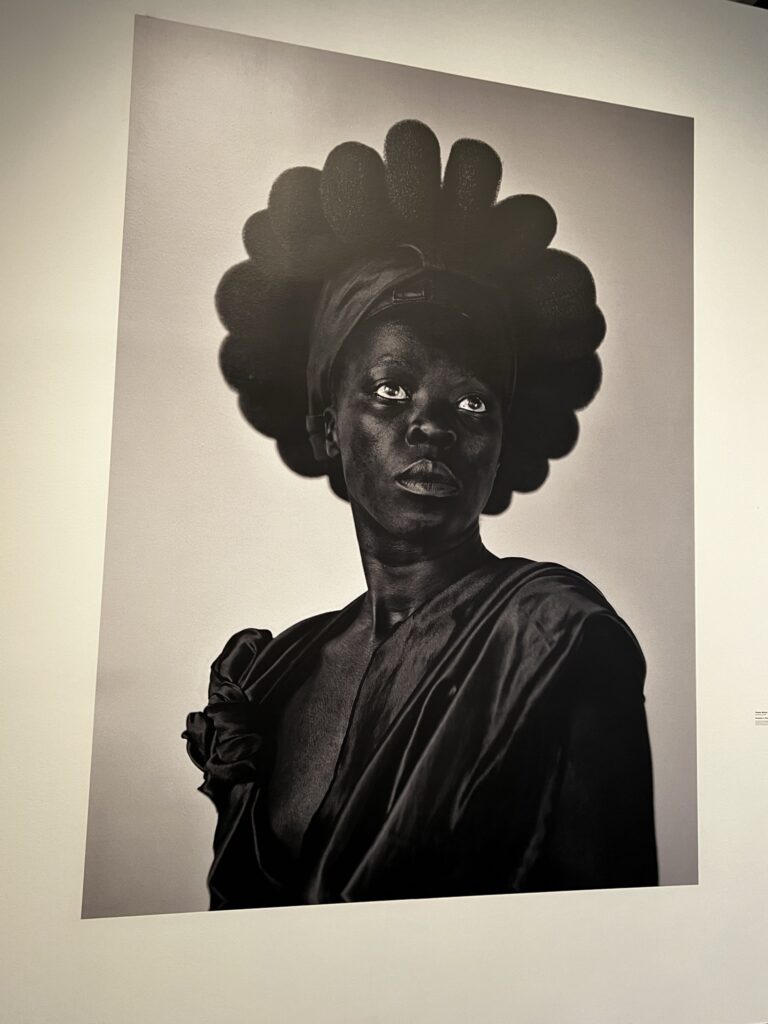
There were a couple of works in the exhibit that I noticed every visitor was inextricably drawn to and this larger-than-life photographic wall mural by South African artist-activist Zanele Muholi was definitely one of them.
Ntozakhe II, Parktown is part of Zanele Muholi’s highly acclaimed series, Somnyama Ngonyama, which translates from isiZulu as “Hail the dark lioness.” In the series, Muholi is the photographer and model, taking a daily picture for a year while traveling all around the world. A part of the South African queer community, Muholi reinterprets portraiture by elevating the commonplace into something special and unique. In this portrait, the crown on the subject’s head is made from scouring pads and is reminiscent of the regal crown on the Statue of Liberty.
In describing their inspiration for the work, Muholi notes: “In some ways, yes: Ntozakhe is based on the Statue of Liberty, representing the idea of freedom—the freedom all women should have—as well as pride: pride in who we are as Black, female-bodied beings. But what kind of freedom are we talking about? What is the color of the Statue of Liberty? What race is the figure monumentalized as Lady Liberty?” How wonderful and epic to question the race of one of the most powerful American symbols.
This work fills the viewer with a bevy of emotions: pride, love, fear, sensualism. The skin tone here is deepened and exaggerated to reclaim control over the issue of “blackness” and it glimmers in heightened luxuriousness. In the words of Muholi, Ntozakhe II, Parktown calmly intones to the witness: “You are worthy, you count, nobody has the right to undermine you: because of your being, because of your race, because of your gender expression, because of your sexuality, because of all that you are.”
If you are in the area, I highly recommend that you try to take in this exhibit. It was the perfect way to celebrate Black History Month and the experience will undoubtedly stay with me for a long time.
Afro-Atlantic Histories on display at the Los Angeles County Museum of Art until September 2023. https://www.lacma.org/
